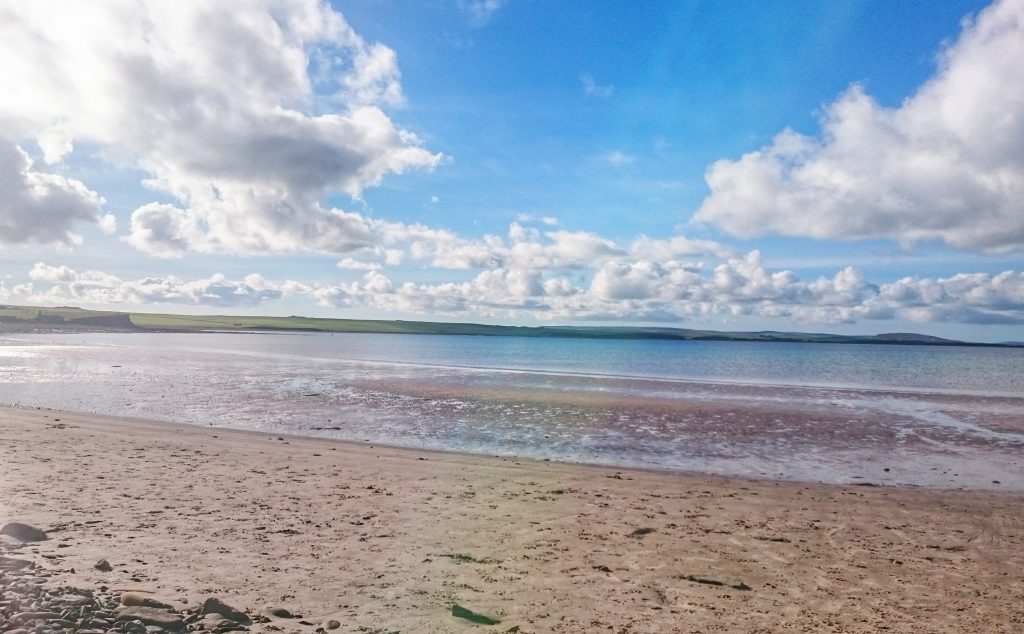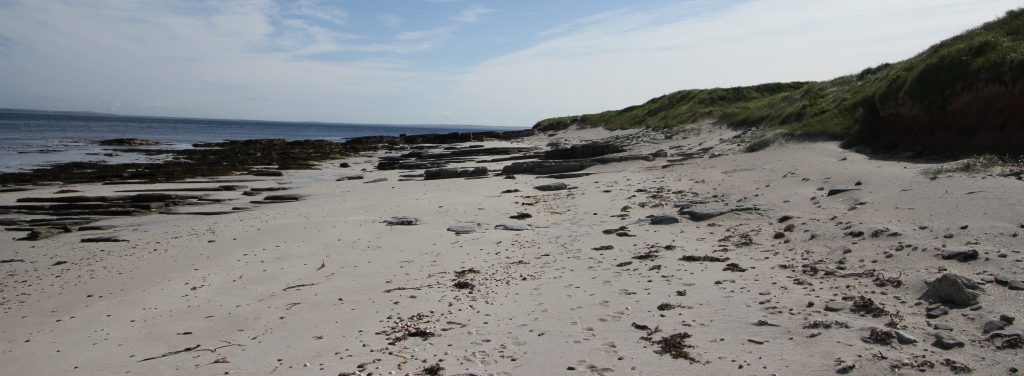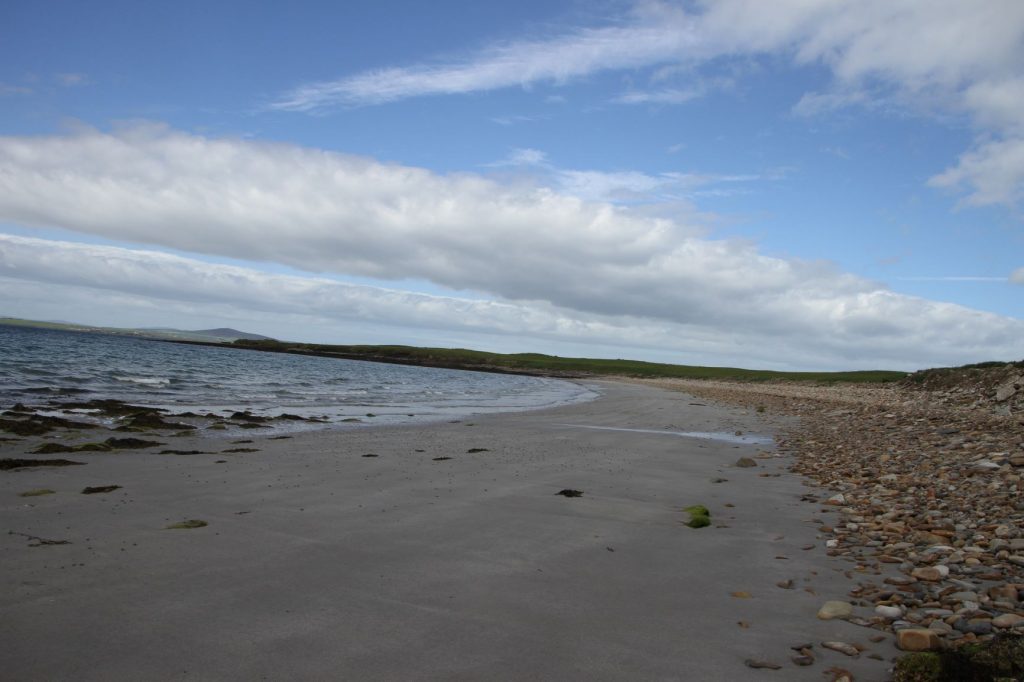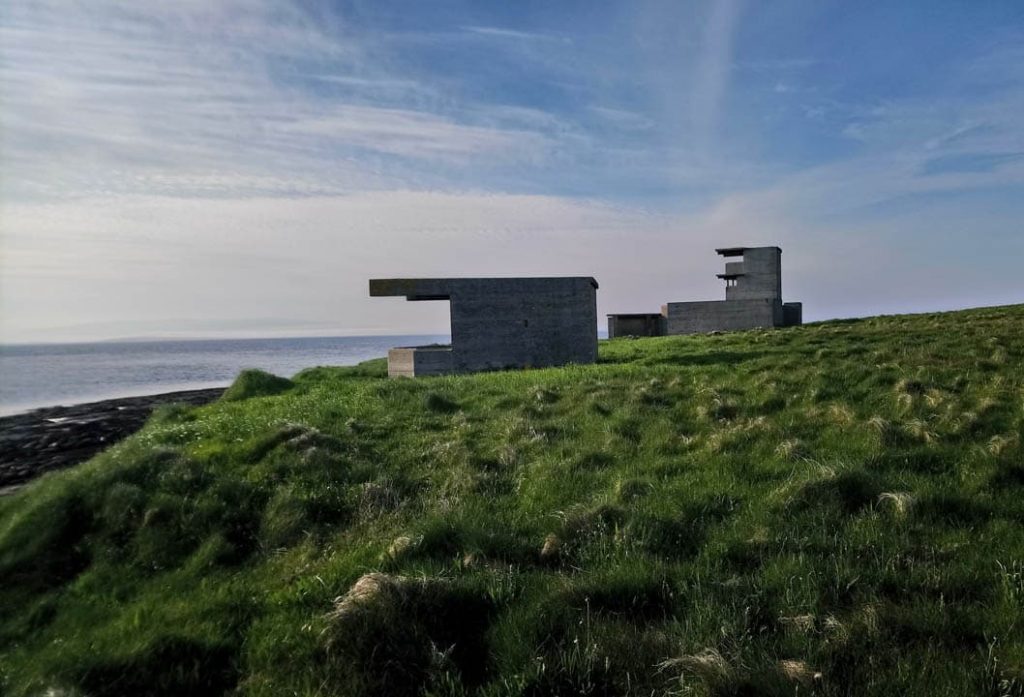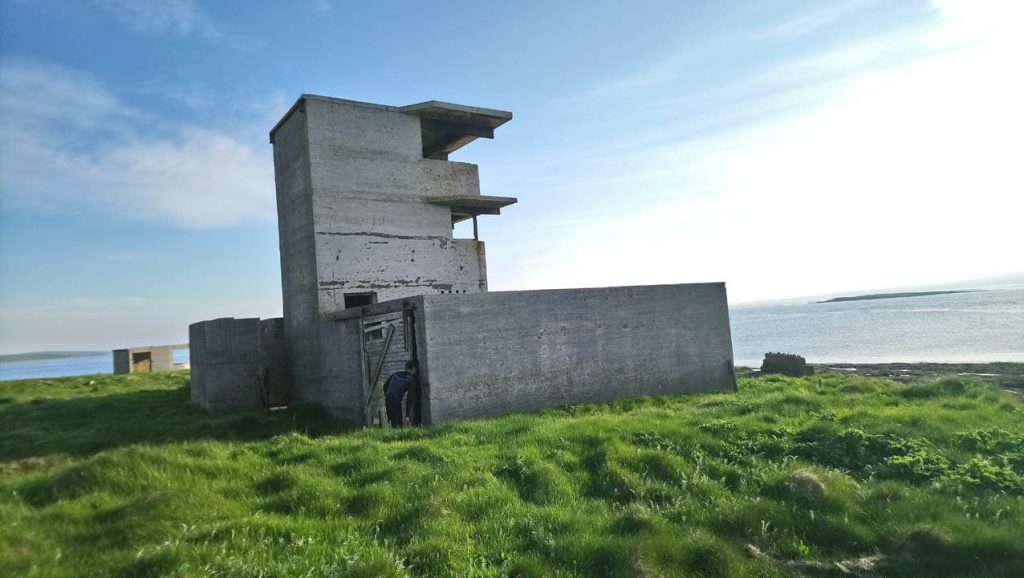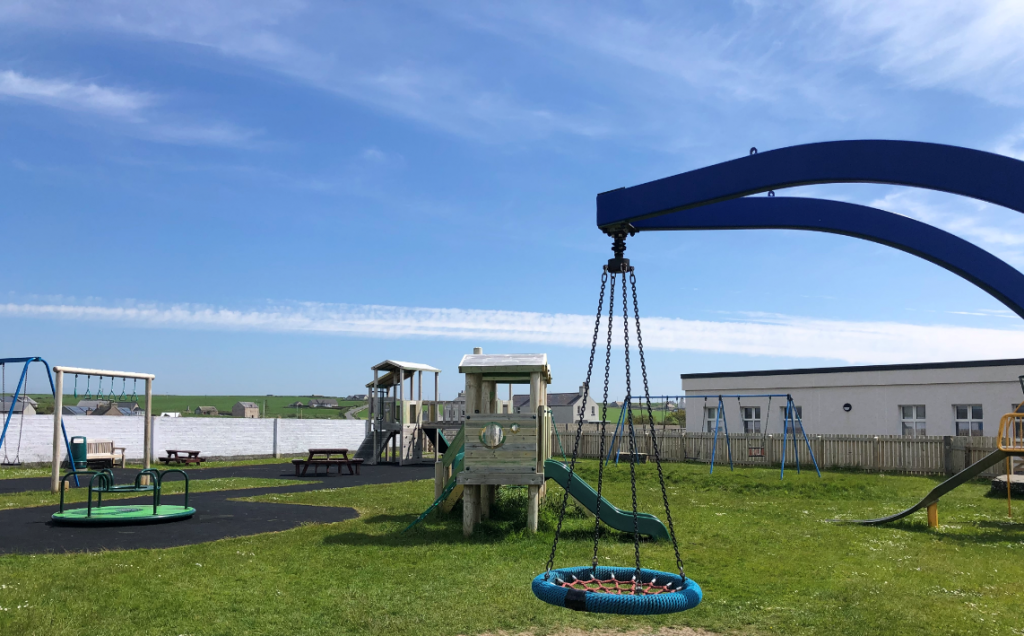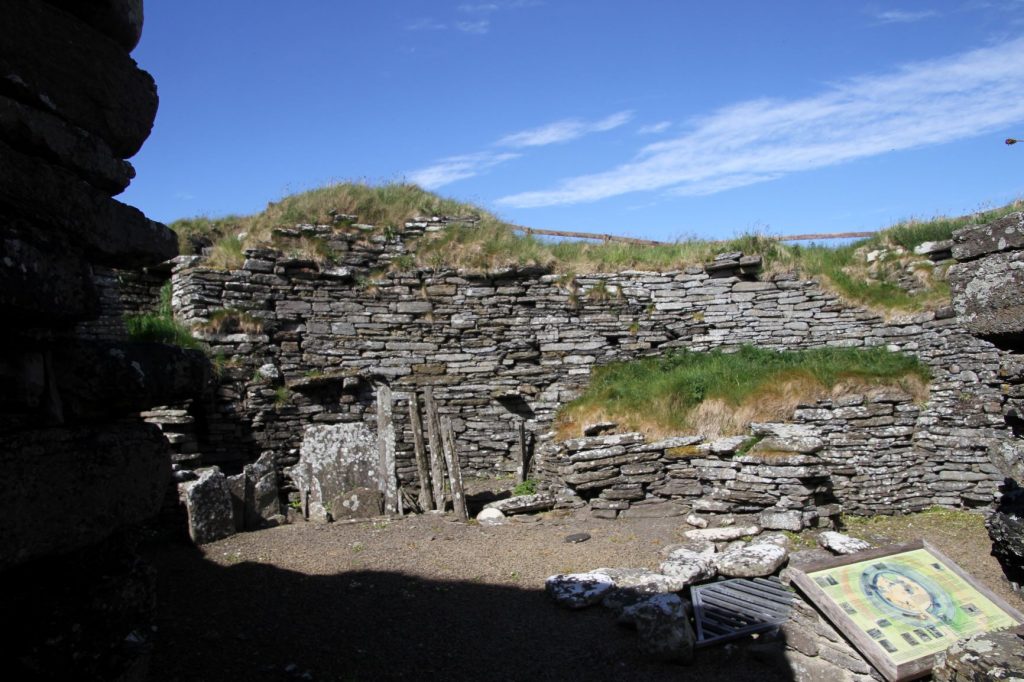Skenstoft
Skenstoft is a favourite in the summer months. It is very shallow and when the tide goes out the sand stretches out before you. It’s a great place for little ones to play in the shallows and build sand castles! It’s a great for a spot of snorkelling, kayaking, paddle boarding or swimming.
Mill Dam RSPB Reserve
Mill Dams is covered in a dynamic wetland with open water. It’s covered in wide swamp plant communities and a range of different plants, especially adaptive to living in damp, marshy places. You will find a wide selection of birds through out the year.
In the summer you look out for the rare pintail and up to nine different species of ducks. Also keep an eye out for the great yellow, one of the rarest British bumblebees that can be found on Shapinsay.
Autumn attracts hundreds of birds every year. The numbers increase as they migrate from the arctic. Greylag geese arrive in October and up to 1000 breeding pairs can been seen at one time.
Later in the winter up to 120 whooper swans and several hundred greylags roost within the safety of the reserve at night. Hen harriers can be seen on the reserve during the winter, attracted by the large flocks of waders and wildfowl.
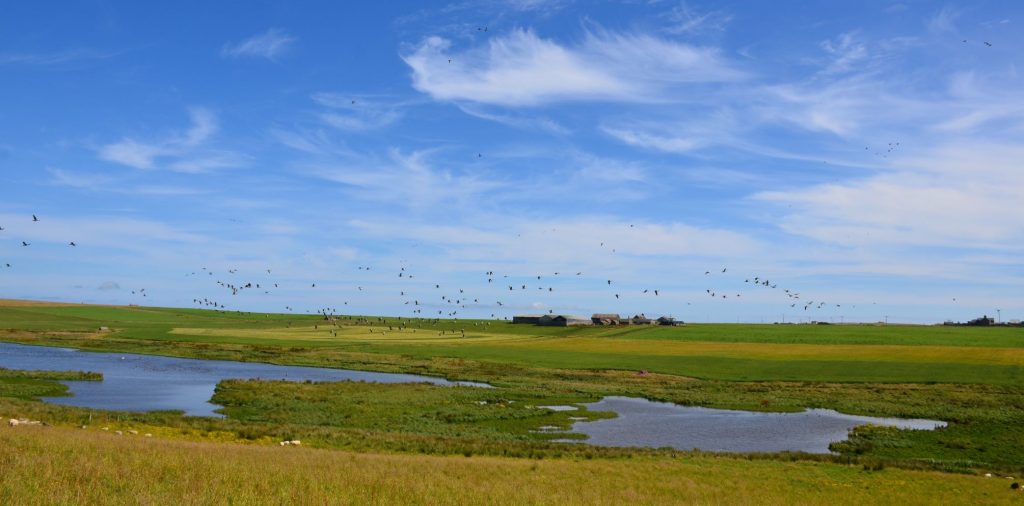
Photo by Jenny Hall 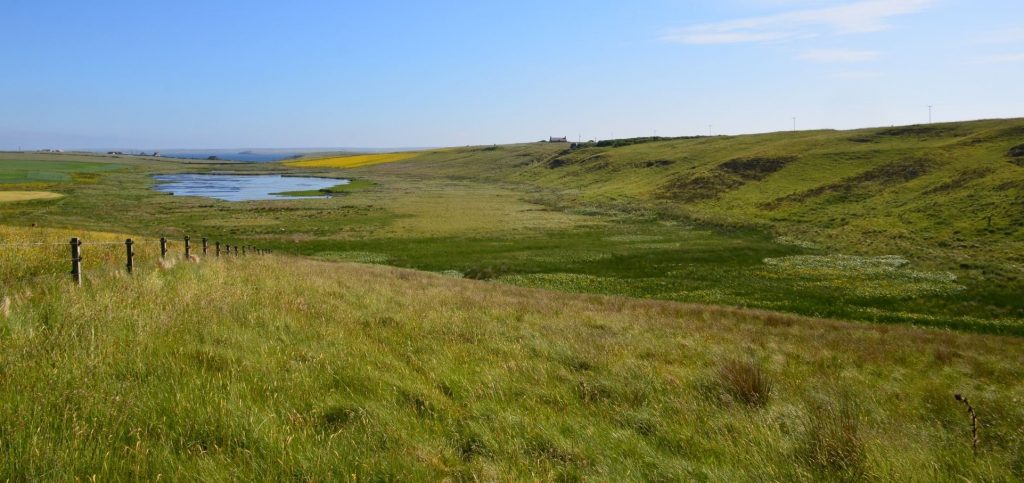
Photo by Jenny Hall
Ness Beach
Sandgarth Beach
Sandgarth is located on the east side of Shapinsay or is a great spot for some sea swimming.
World War 2 Coastal Batteries
The world war 2 coastal batteries was also named Galtness. They were used for defending the entrance of the Wide Firfth from 1941 till 1943.It was manned by 250 soldier and the emplacement for twin 6-pounders the director tower and searchlights all remain till this day.
Shapinsay Play Park
Its a bit hidden but its around the back of the school close to a patch of woodland. After having new equipment put into the play park it as never been more exciting to go down and have fun for the day. It’s mostly used by the school pupils but it is also open to the public.
Burroughston Broch
The iron age building named Burroughston Broch can be found north east on the coast of Shapinsay. Because of the location of it you will probably have the place to yourself. The site is part excavated and is a similar structure to other broch’s in Orkney like the Broch of Gurness. The site is unkempt and is surrounded by rough grass that really adds to the authenticity of the place. There is evidence of surrounding buildings around the site but none have been excavated yet.
Gas House
The Gas House was once used as the Gas works to serve Balfour Village and Balfour Castle and remained operational until the 1920s. The gasworks is in the form of a round tower with a corbelled parapet of red brick and carved stones—including one possibly removed from Noltland Castle on Westray, which is inscribed with the year 1725. The structure appears to be fortified, in accordance with Balfour’s intention to give the village a medieval appearance. It now sits empty and is home only to a few pigeons
The Douche
David Balfour constructed Dishan Tower in the 1600s known locally as The Douche. It was built as a dovecot but with the completion of Balfour Castle in 1848 it was converted into a salt water shower. A local landmark due to its high visibility when approaching the island by sea. Sadly its roof has now collapsed, but it still stands tall in front of the Castle as you approach from the sea.
Balfour Village
Balfour village was built in the 1780s by Thomas Balfour that was originally named Shoreside. By 1841 there were 28 houses in the village, with 116 residents whose occupations included fishermen, shoemakers, tailors, blacksmiths, wrights, millers and a merchant. In 1846 the Castle and village were passed to David Balfour who also brought great change in Shoreside, demolishing the southern part of the village to improve the view from Balfour Castle and turning the rest into a fairly formalised estate village. And about that time, he changed the name from Shoreside to Balfour Village.
To this day, Balfour Village retains much of it’s original character, and although it no longer has all the tradespeople it once had, it is once again a thriving area of Shapinsay with many choosing the village tp bring up families, there is still a “Merchant” in the village at Thomas Sinclairs shop, which has been in the Sinclair family for 100 years.
Balfour Castle
Balfour castle was the creation of two men, David Balfour and David Bryce. The castle is a rare example of calendar house originally planned with 7 turrets, 12 external doors, 52 rooms and 365 sections of windows. The Balfour family owned the Castle for over a century but by the time the family line expired in the early 1960s the family fortune was gone and the Castle had lost most of its former glory. In 1961 Captain Tadeusz Zawadski and his wife Catherine took on the task of maintaining the Castle and once again turned it back into a family home thus fulfilling a prophecy which a gypsy fortune teller had shared with Tadeusz back in his native Poland – that he would one day live in a castle. Balfour Castle was sold into new ownership in February 2009. With attention to detail and with respect for the Balfour heritage the new owners have sensitively refurbished and restored the Castle and grounds. The greatest of care has been taken to retain its style and its character. Balfour Castle remains first and foremost a family home.
Castle Bloody
Castle Bloody is not quite so spectacular to look at as the magnificent Balfour Castle, but would certainly pre-date it! To the untrained eye, it just looks like a pile of stones or corner post that’s been built at the end of a field! This chambered mound is all that can be seen from above, but we know that below the mound there is a depression with a flag stone covering evidence of what might have been an earth house, or perhaps more likely, a chambered cairn. There’s little evidence that it might have been lived in, with no sign of an entrance passage, but suggestions that it’s more along the lines of Maeshowe and was perhaps used as a chambered tomb.
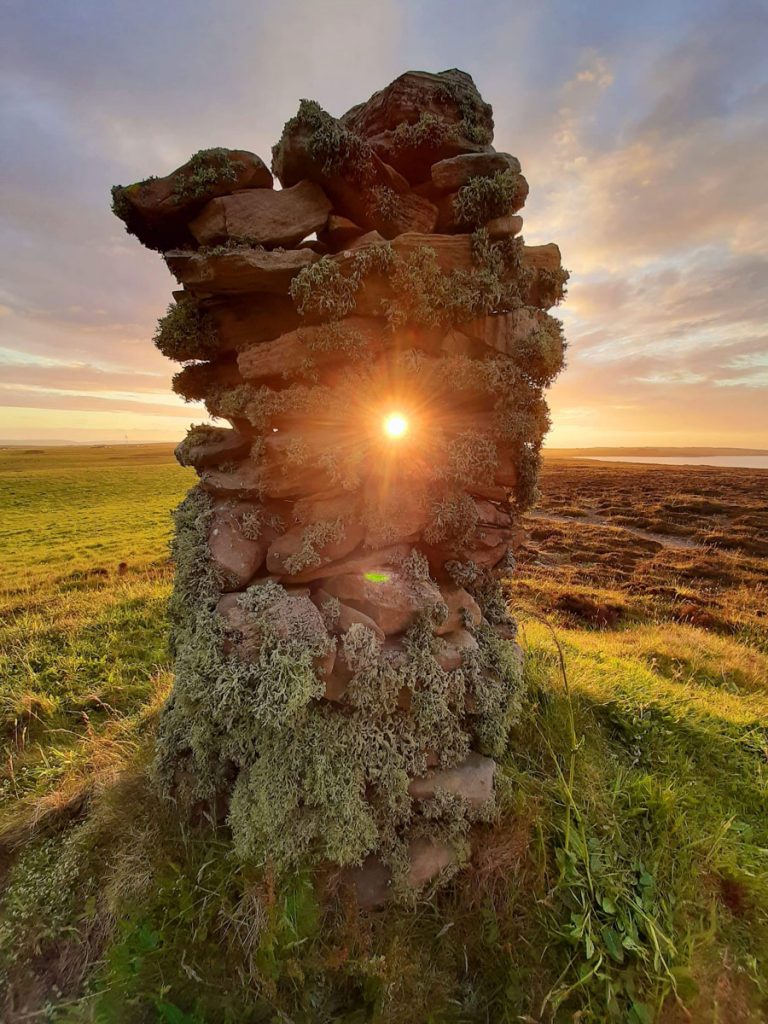
Photo by Mervyn Rendall 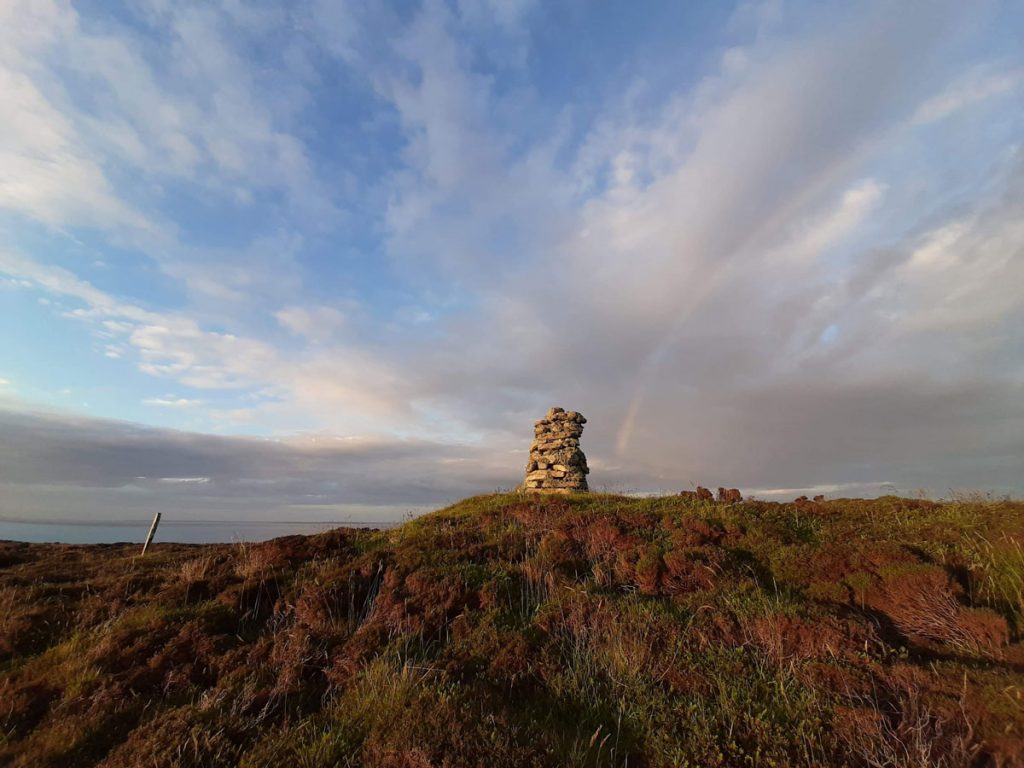
Photo by Mervyn Rendall
